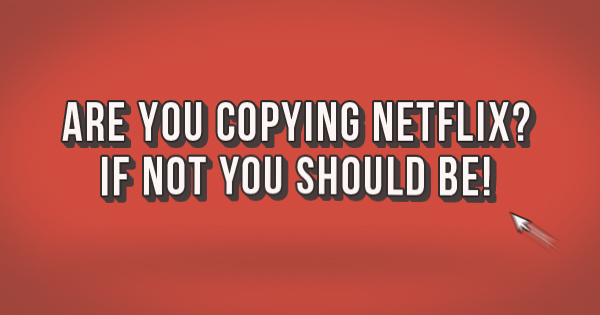
On this day in 1997, Netflix was founded in California by Marc Randolph and Reed Hastings. The original concept was to offer online movie rentals, delivering DVDs directly to their customers, and enabling those customers to circumvent the ‘blockbuster’ process of having to travel to your local store.
Over the following 20+ years, Netflix transformed into something far beyond its founders’ wildest dreams. Netflix is now a truly worldwide service, with more than 139 million active subscribers.
But how did they achieve such market supremacy? They adapted to meet the rapidly changing needs of their customers.
There were two important decisions made during Netflix’s history, both of which are significant from an L&D perspective.
- Accessibility – Allowing people to access content wherever they are in the world
Although the company’s initial business model was successful for the first few years, customers were having to pre-empt when they would have time to watch a particular film.
Netflix quickly realised they had the technology needed to deliver content on demand. This enabled customers to watch an endless amount of content without even needing to leave the house. It also meant customers could watch content on the move, via their phones or tablets.
This is exactly what L&D should be doing.
We should be making our content accessible. The demands of a modern working environment mean staff have less time to complete eLearning whilst at work. However, they’ll likely have time whilst on the train, travelling to their next meeting.
Ensuring your content is mobile-ready is pivotal. It’s estimated that 70% of the UK population own smartphones – devices through which eLearning can be accessed. Don’t do a ‘blockbuster’ and get left behind.
2. Content – Give your staff the training they want!
For those of us who are Netflix subscribers, it’s highly likely that we have all watched content that, traditionally, we might never have watched.
However, due to improvements in Netflix’s recommendations system, content is now being delivered to us that meets our viewing habits. Netflix actually offered $1 million US to anyone who could develop a recommendations system which gave better results.
Again, this is something that L&D should follow.
Deliver the content your staff want and need. A simple example of this would be DSE training – if you have mobile workers, ensure they receive mobile DSE training.
This is an extremely easy thing to do on most Learning Management Systems. Just spend some time creating different audiences, which are relevant to different roles within the organisation. The more detail you go into, the better the learning outcomes.
If staff are being delivered relevant and enjoyable content, they will be more engaged in their learning.
Conclusion
Remember that within L&D, you’re providing a service. If that service doesn’t meet the requirements of the learner, it will be harder to re-engage them at a later date.
Providing a service that meets requirements leads to greater engagement, better learning outcomes and a higher likelihood of return on investment.
